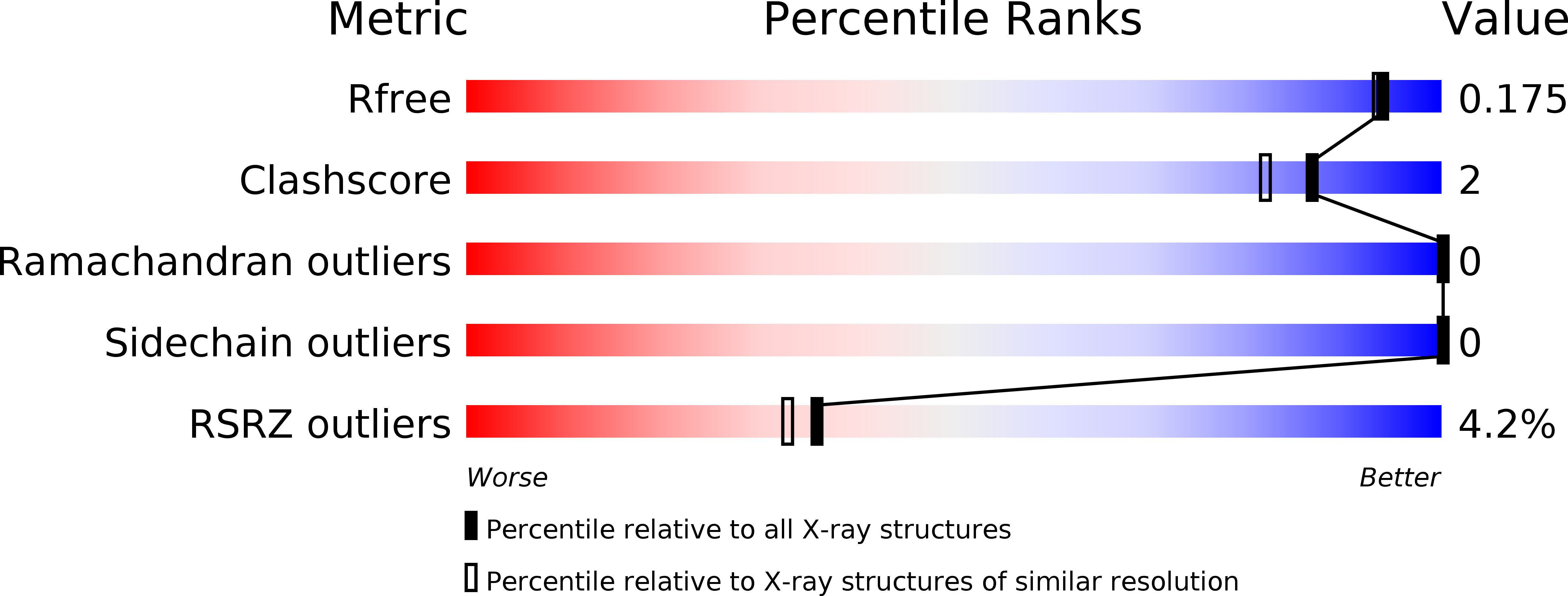
Deposition Date
2012-11-21
Release Date
2012-12-19
Last Version Date
2024-02-28
Entry Detail
Biological Source:
Source Organism:
Arabidopsis thaliana (Taxon ID: 3702)
Host Organism:
Method Details:
Experimental Method:
Resolution:
1.60 Å
R-Value Free:
0.16
R-Value Work:
0.12
Space Group:
C 1 2 1


